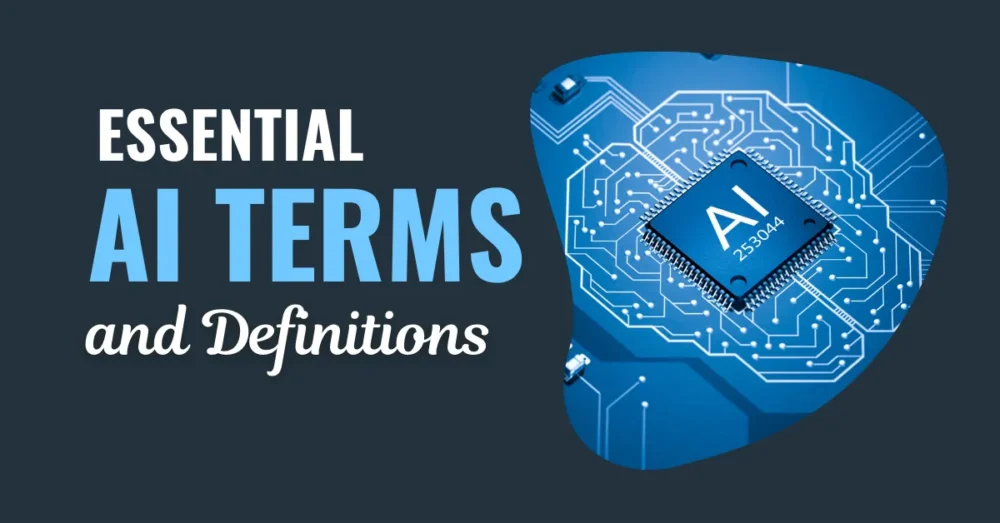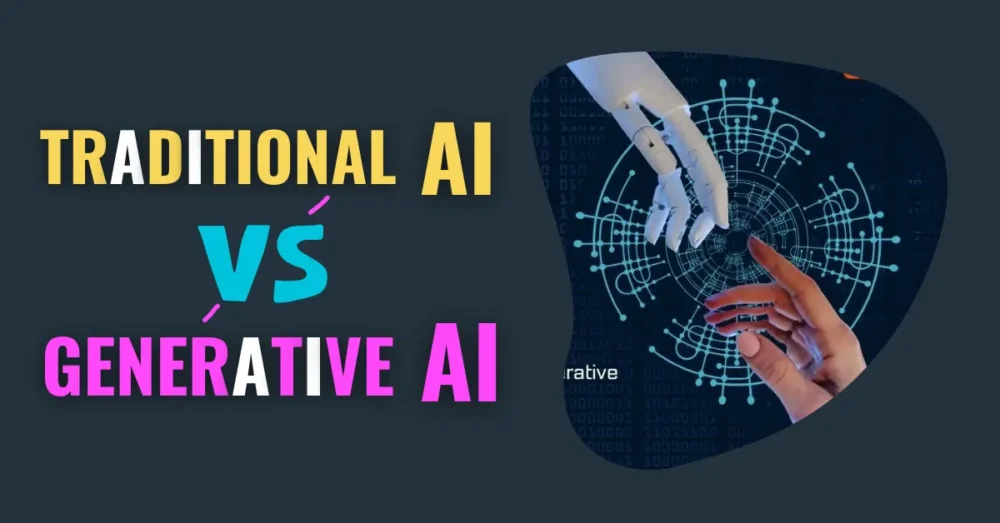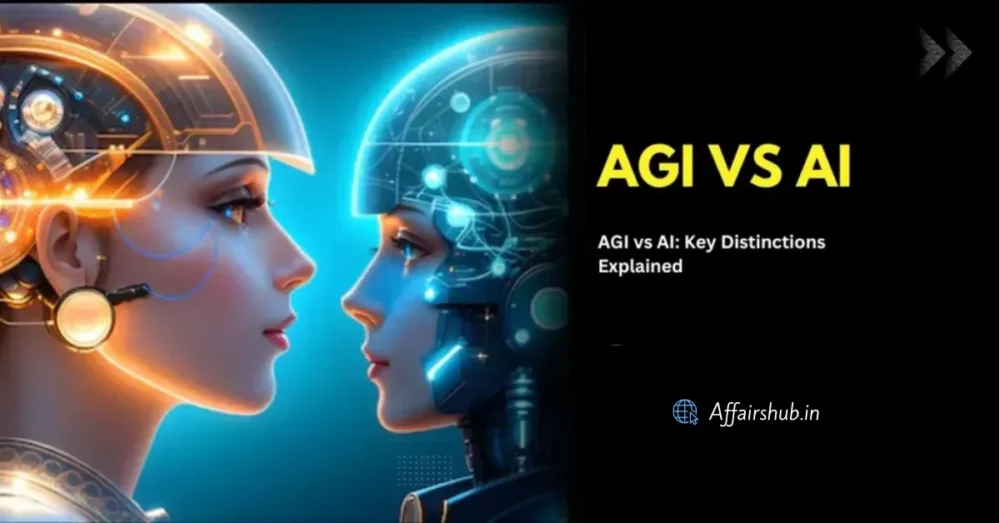Imagine having a tireless research assistant and creative writing partner in your classroom – that’s the potential of ChatGPT Prompts for history teachers! ChatGPT is a powerful AI tool that can generate text, translate languages, and answer your questions informally.
Think of it as a super-powered version of those chatbots you might encounter online. For educators, ChatGPT can create engaging activities, and personalized learning experiences, and even help with lesson planning – all with a focus on sparking curiosity and deepening students’ understanding of history.
Benefits for History Teachers
Understanding the benefits of ChatGPT prompts for history teachers can greatly enhance their teaching effectiveness and students’ learning experiences. Here are some of the benefits:
Enhance Engagement
- History lessons can sometimes feel like memorizing dates and names. ChatGPT prompts can change that! Imagine creating a classroom debate where students argue for or against the legacy of Ashoka the Great, using prompts to structure their arguments.
- Or, picture students writing newspaper articles from the perspective of people living through the Mughal era, bringing history to life through creative storytelling.
- These interactive activities, sparked by ChatGPT prompts, can turn passive learning into active exploration, keeping students engaged and excited about history.
Deepen Understanding
- ChatGPT prompts can go beyond simple recall of facts.
- By crafting prompts that ask students to analyze primary sources, compare and contrast different historical periods, or even predict the potential consequences of historical events, you can encourage students to think critically and develop a deeper understanding of the “why” behind historical events.
- Imagine a prompt asking students to analyze the factors that led to the rise and fall of the Gupta Empire or one challenging them to interpret the message behind a Mughal miniature painting. These prompts push students to move beyond memorization and truly grasp the complexities of history.
Differentiate Instruction
- Every student learns differently. ChatGPT prompts can be a powerful tool for differentiation in the classroom.
- You can create prompts with varying difficulty levels, catering to students’ needs.
- For example, a prompt for a struggling student might involve summarizing a key event in a few sentences, while a more advanced prompt might ask them to analyze different perspectives on a historical figure like Rani Lakshmibai. This allows students to learn at their own pace and explore history in a way that works best for them.
🔰 5 Game-Changing Essay Writing Tips with ChatGPT
ChatGPT Prompts for History Teachers: For Higher Education
Discover the most impactful prompts crafted for history teachers for higher studies, such as making history PhD entrance test question papers, ensuring optimal outcomes when utilizing ChatGPT as an educational resource. Explore a diverse array of effective prompts complemented by numerous illustrative examples.
Factual Knowledge
- “Factual Knowledge” prompts are designed to elicit concise summaries of key events, figures, and concepts.
- These prompts are aimed at testing the depth of understanding and the ability to distill complex information into clear, factual statements. Here are two examples:
Example Prompts:
- Prompt 1: Summarize the main events leading to the outbreak of World War II.
- Prompt 2: Provide a brief overview of the contributions of Netaji Subhash Chandra Bose in the Indian Freedom Movement.
These examples demonstrate how “Factual Knowledge” prompts can be used to assess understanding of historical events and the contributions of key figures. They require respondents to succinctly summarize complex information while highlighting the most important aspects.
Analysis and Interpretation
- “Analysis and Interpretation” prompts delve deeper into understanding by requiring respondents to analyze causes, consequences, and primary sources.
- These prompts aim to assess critical thinking skills and the ability to interpret information in a nuanced way. Here are two examples:
Example Prompts:
- Prompt 3: Analyze the causes of the Great Depression in the United States.
- Prompt 4: Prompt: Interpret the significance of Mahatma Gandhi’s “Quit India Movement” in the context of India’s struggle for independence from British colonial rule.
These examples showcase how “Analysis and Interpretation” prompts go beyond surface-level understanding by requiring respondents to analyze causation, evaluate significance, and provide interpretations of historical events and primary sources.
Critical Thinking and Debate
- “Critical Thinking and Debate” prompts are designed to foster discussion and encourage respondents to consider different perspectives and historical controversies.
- These prompts aim to assess the ability to critically evaluate evidence, analyze conflicting viewpoints, and construct reasoned arguments. Here are two examples:
Example Prompts:
- Prompt 5: Assess the impact of British colonialism in India, examining both its perceived advantages and its adverse effects on Indian society and economy.
- Prompt 6: Discuss the implications of the Green Revolution in India, weighing its beneficial outcomes against its potential drawbacks on agriculture, the economy, and the environment.
These examples demonstrate how “Critical Thinking and Debate” prompts encourage respondents to critically engage with historical controversies, weigh competing arguments, and construct well-supported arguments based on evidence and logical reasoning.
Creative Expression
- “Creative Expression” prompts provide opportunities for imaginative engagement with historical topics through storytelling, creating historical artifacts, or personifying historical figures.
- These prompts encourage respondents to think creatively, allowing them to explore historical events and figures from unique perspectives. Here are two examples:
Example Prompts:
- Prompt 7: Craft a narrative depicting the daily routine of a soldier in the Indian National Army during the struggle for independence, from reveille to training and preparation for a mission against British colonial forces.
- Prompt 8: Imagine you are a participant in the Non-Cooperation Movement led by Mahatma Gandhi. Write a diary entry reflecting on your decision to boycott British goods and institutions, detailing the challenges and triumphs of your commitment to the cause of independence.
These examples illustrate how “Creative Expression” prompts inspire respondents to engage with history through storytelling, artistic expression, or role-playing, fostering a deeper understanding and appreciation of historical contexts and narratives.
This style of prompt encourages imaginative thinking and allows for personal interpretation and expression.
📝 Note:
These prompts are useful for teachers when creating question papers for higher studies, where research, analysis, and critical thinking play crucial roles.
Let’s explore some additional straightforward prompts suitable for educators at both the school and college levels to enhance their teaching materials.
🔰 How to Use ChatGPT: A Definitive Guide for Students
ChatGPT Prompts for History: For School Teachers
Historical Figures Spotlight
This prompt style highlights significant historical figures, inviting students to delve deeper into their lives, accomplishments, and impact on history.
Example Prompts:
- Prompt 9: Explore the life and achievements of Mahatma Gandhi, focusing on his role in India’s struggle for independence.
- Prompt 10: Investigate the contributions of Marie Curie to the field of science and her pioneering work in radioactivity.
Turning Points in History
This prompt style focuses on pivotal moments in history that have shaped societies, cultures, and global events.
Example Prompts:
- Prompt 11: Analyze the significance of the Magna Carta in shaping the concept of constitutional governance.
- Prompt 12: Discuss the impact of the Industrial Revolution on social and economic structures in the 19th century.
Historical Artifacts Exploration
This prompt style encourages students to explore significant historical artifacts, uncovering their cultural, social, and historical significance.
Example Prompts:
- Prompt 13: Examine the Rosetta Stone and its role in deciphering ancient Egyptian hieroglyphs.
- Prompt 14: Investigate the significance of the Gutenberg Bible in the spread of literacy and knowledge during the Renaissance.
Historical Movements Investigation
This prompt style prompts students to investigate influential historical movements, exploring their causes, key figures, and lasting effects.
Example Prompts:
- Prompt 15: Explore the women’s suffrage movement and its impact on gender equality and political participation.
- Prompt 16: Analyze the Civil Rights Movement in the United States, focusing on key leaders and strategies for social change.
Ancient Civilizations Spotlight
This prompt style highlights key aspects of ancient civilizations, inviting students to explore their achievements, cultural practices, and legacies.
Example Prompts:
- Prompt 17: Investigate the contributions of ancient Mesopotamia to the development of writing systems and early forms of governance.
- Prompt 18: Explore the architecture and urban planning of ancient Rome, focusing on its influence on modern city design.
Historical Conflict Analysis
Description: This prompt style prompts students to analyze significant historical conflicts, examining their causes, outcomes, and long-term consequences.
Example Prompts:
- Prompt 19: Discuss the causes and consequences of World War I, including the Treaty of Versailles and its impact on the subsequent rise of fascism.
- Prompt 20: Analyze the Cold War rivalry between the United States and the Soviet Union, focusing on key events such as the Cuban Missile Crisis.
Historical Innovations Exploration
This prompt style encourages students to explore groundbreaking innovations and inventions throughout history, examining their impact on society and culture.
Example Prompts:
- Prompt 21: Investigate the invention of the printing press by Johannes Gutenberg and its role in the spread of knowledge during the Renaissance.
- Prompt 22: Explore the impact of the steam engine on industrialization and transportation in the 18th and 19th centuries.
Historical Cultural Exchange
Description: This prompt style prompts students to explore historical cultural exchanges, examining the interactions between different societies and their impact on art, language, and technology.
Example Prompts:
- Prompt 23: Analyze the Silk Road and its role in facilitating trade and cultural exchange between East and West.
- Prompt 24: Investigate the impact of the Columbian Exchange on the exchange of goods, ideas, and diseases between the Old World and the New World.
Historical Biographies
This prompt style focuses on the biographies of notable historical figures, inviting students to explore their lives, achievements, and impact on history.
Example Prompts:
- Prompt 25: Examine the life and reign of Queen Elizabeth I of England, focusing on her role in shaping the Elizabethan era.
- Prompt 26: Investigate the leadership and military achievements of Alexander the Great, exploring his conquests and legacy.
Historical Revolutions Analysis
This prompt style prompts students to analyze significant revolutions throughout history, examining their causes, dynamics, and outcomes.
Example Prompts:
- Prompt 27: Discuss the French Revolution and its impact on the rise of modern democracy and nationalism.
- Prompt 28: Analyze the Russian Revolution of 1917, focusing on the overthrow of the Tsarist regime and the establishment of Soviet rule.
Generic Prompts for History Teachers
Some generic prompts can be applied across various theoretical subjects. When you specify the topic clearly, the response can be more accurate and effective. Here are some of the examples:
Event Overview: Table Style
In this prompt style, teachers or students can generate an overview of different historical events, such as the Battle of Plassey and the Kuka Movement, in a table format.
You can use two different prompts for the same event: one that is easy and straightforward, and another that is descriptive, mentioning specific details such as the year, leader, impact, treaty, and aftermath.
Example Prompt:
- Prompt 29: Create an overview of the First Battle of Panipat in a table format. [easy and straightforward]
ChatGPT’s Response: 👇

- Prompt 30: “Provide an overview of the Battle of Chausa in a table format. Include the following points in the beginning of the table:
Battle Name:
Year:
Battle Between:
Result of the Battle:
[Descriptive Prompt]

Event Summary: Bullet Points Format
In this style of prompt, teachers or students can generate a summary of different historical events and facts in Indian History in bullet point format.
Example Prompt:
- Prompt 31: Craft a summary of the First Battle of Panipat in bullet points.
ChatGPT’s Response: 👇

History Question Answer
- Prompt 32: “Create an FAQ on the Treaty of Allahabad, consisting of 5 questions along with their answers.”
💥 Advanced Tips by Srikanta Mondal
"To ensure the most effective results, it's recommended to input the paragraph text into ChatGPT first and then generate FAQs based on the provided content. While using the free version, ChatGPT-3.5 can generate up to 30 questions at a time (most of the cases). This process streamlines the generation of frequently asked questions, allowing for a clearer understanding and better organization of the information provided."
Example:
[Source of the paragraph: Wikipedia]
"The Treaty of Seringapatam (also called Srirangapatinam or Srirangapatna), signed 18 March 1792, ended the Third Anglo-Mysore War. Its signatories included Lord Cornwallis on behalf of the British East India Company, representatives of the Nizam of Hyderabad and the Maratha Empire, and Tipu Sultan, the ruler of Mysore."
Prompt Example 33: "Develop an FAQ based on the provided paragraph about the Treaty of Seringapatam. Include 5 questions along with their respective answers."
📝 Note: This method is very powerful; you can also use it for generating MCQs.
History MCQ
- Prompt 34: “Generate 5 Multiple Choice Questions on the Quit India Movement along with the correct answer and four options.”
Creating Effective History Prompts
Crafting effective history prompts for the Indian context requires careful consideration of the diverse historical narratives, events, and educational objectives relevant to Indian students.
Clarity and Specificity
History prompts should be clear, and concise, and provide specific instructions tailored to Indian historical events and contexts.
Examples:
- Unclear Prompt: “What led to the Indian Independence Movement?”
- Clear Prompt: “Explain the role of key leaders such as Mahatma Gandhi and Subhas Chandra Bose in the Indian Independence Movement, citing specific events and strategies.”
Open-Endedness
To foster critical thinking and deeper analysis, history prompts should avoid simple recall questions and encourage students to explore multiple perspectives on Indian history.
Examples:
- Unclear Prompt: “Who was the first Prime Minister of India?”
- Clear Prompt: “Evaluate the contributions of Jawaharlal Nehru as the first Prime Minister of India, considering his role in nation-building, foreign policy, and economic development.”
Variety
- Incorporating diverse prompt types ensures that Indian students and teachers with different learning styles and interests are engaged and challenged.
- History prompts can take various formats such as essay questions, primary source analysis, debates on historical controversies, or creative projects like historical reenactments or artwork.
- Providing a variety of prompt types enables teachers to cater to the diverse needs and preferences of Indian learners.
Alignment with Learning Objectives
- History prompts must align closely with the learning objectives and curriculum standards relevant to Indian history education.
- Teachers should design prompts that scaffold students’ understanding of key historical concepts and events, while also fostering critical thinking and analytical skills.
For example, if the lesson objective is to analyze the impact of British colonialism on India, prompts should specifically address topics such as economic exploitation, cultural imperialism, and resistance movements like the Indian National Congress.
By ensuring clarity and specificity, open-mindedness, variety, and alignment with learning objectives, history teachers can create prompts that effectively engage Indian students, deepen their understanding of Indian history, and cultivate critical thinking skills essential for historical inquiry and interpretation.
Addressing Concerns
It’s natural to have questions about using AI tools like ChatGPT in education. Some might worry that AI will replace teachers. But here’s the key takeaway: ChatGPT is a powerful assistant, not a replacement.
The role of a teacher is more than just delivering information. It’s about guiding discussions, fostering critical thinking, and nurturing a love for history.
ChatGPT prompts can free up valuable time for these essential aspects of teaching. Think of it as having a helping hand in lesson planning, allowing you to focus on what you do best – inspiring a new generation of history enthusiasts!
Conclusion
In conclusion, ChatGPT prompts offer history teachers a powerful tool to enhance their teaching and engage students in meaningful learning experiences. From fostering critical thinking to providing diverse prompt styles tailored to Indian history, ChatGPT prompts can enrich history education at all levels. While there may be concerns about the role of AI in education, it’s important to remember that ChatGPT is meant to complement, not replace, teachers.
By leveraging ChatGPT prompts, educators can focus on guiding discussions, fostering curiosity, and inspiring a love for history in their students. For more prompts and resources, visit our website. Have suggestions or questions? Feel free to comment below—we’d love to hear from you!






